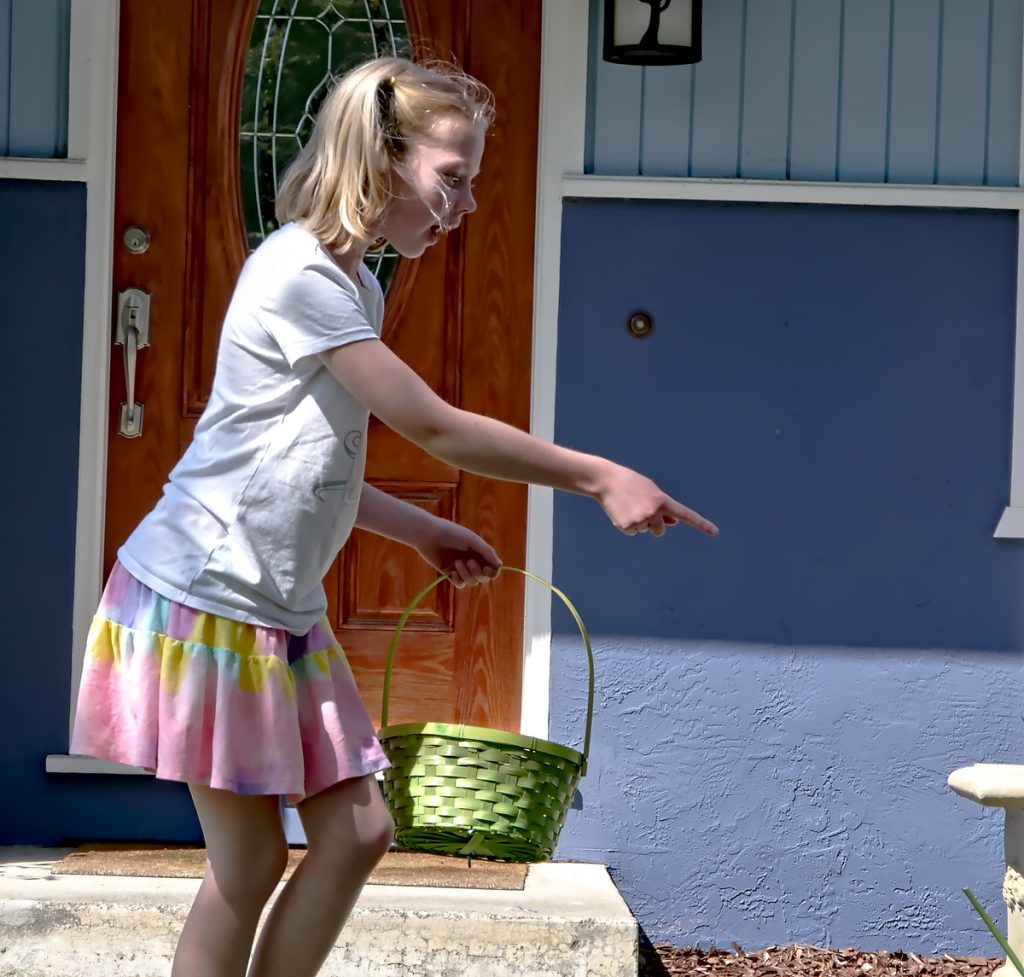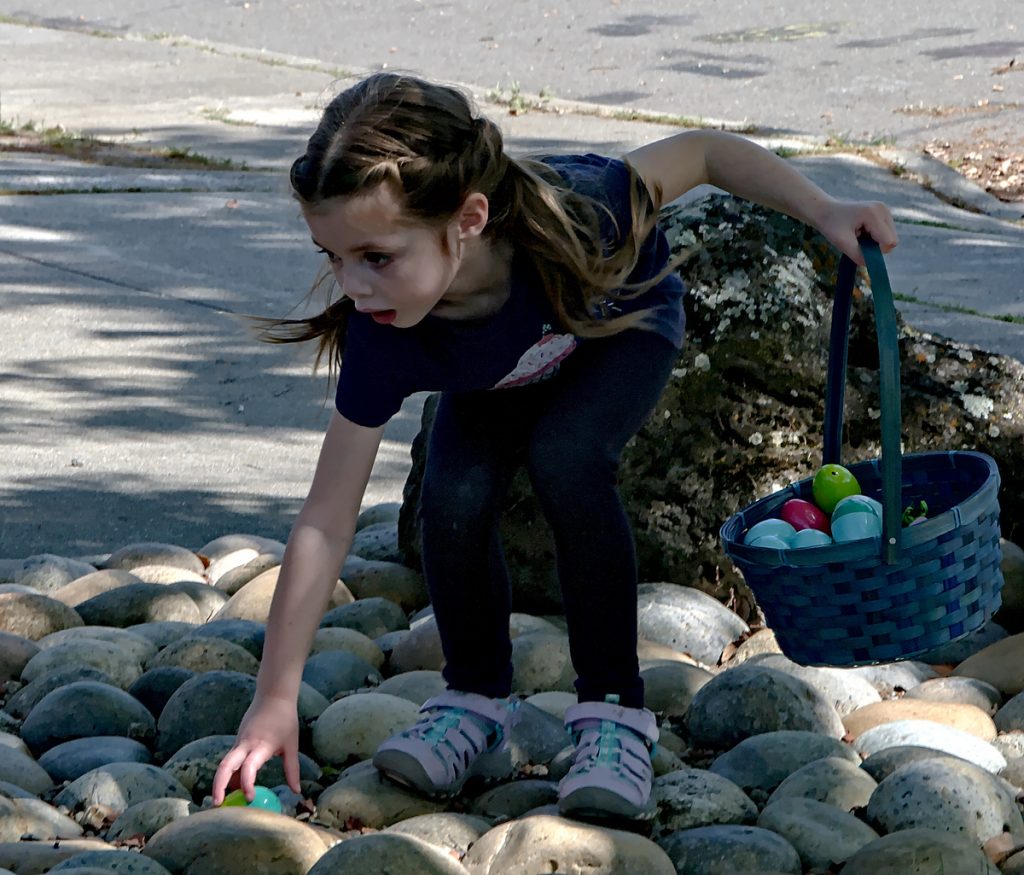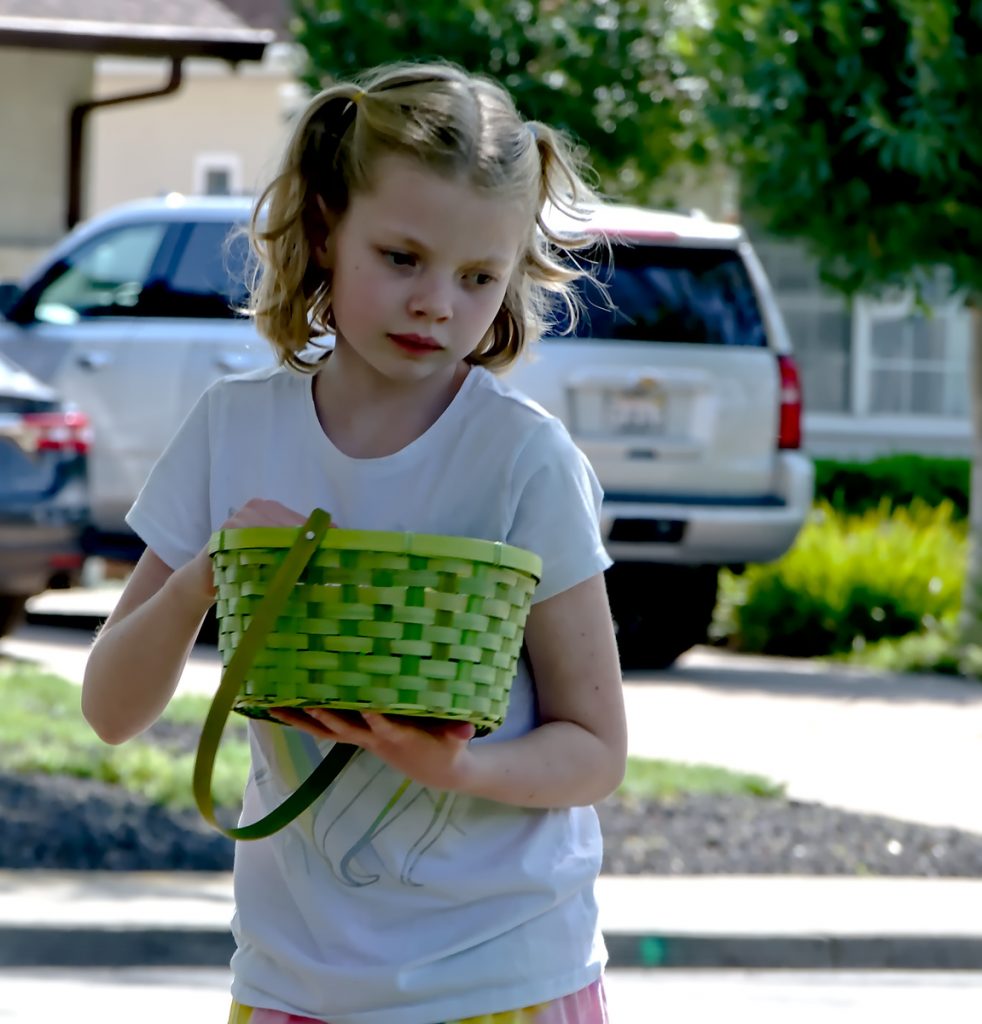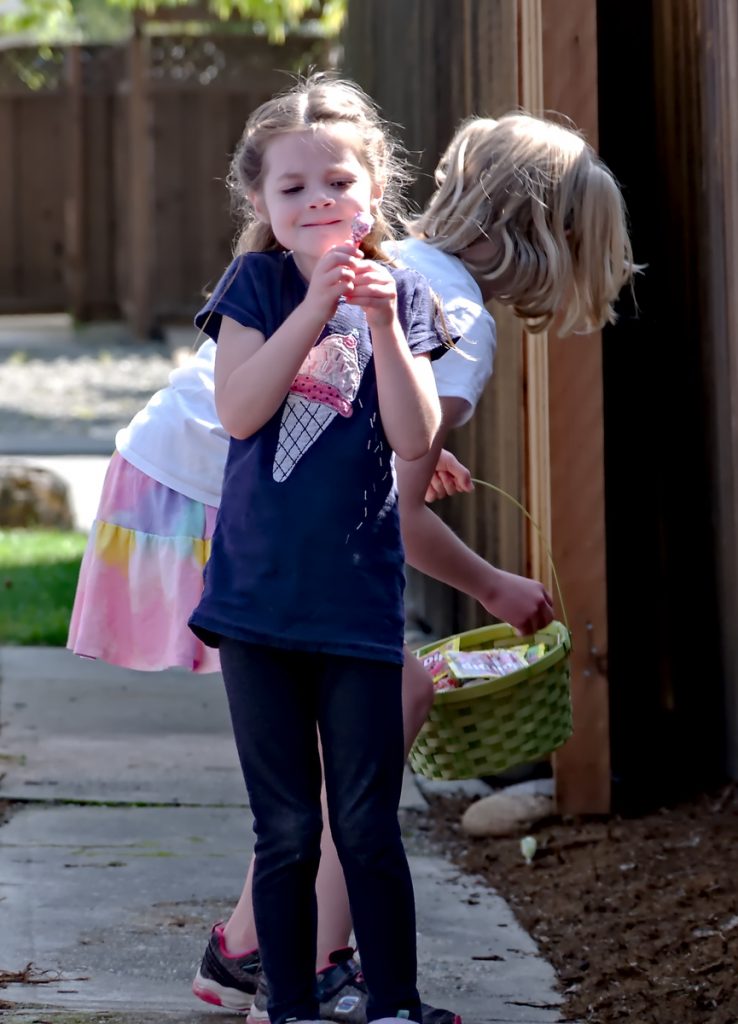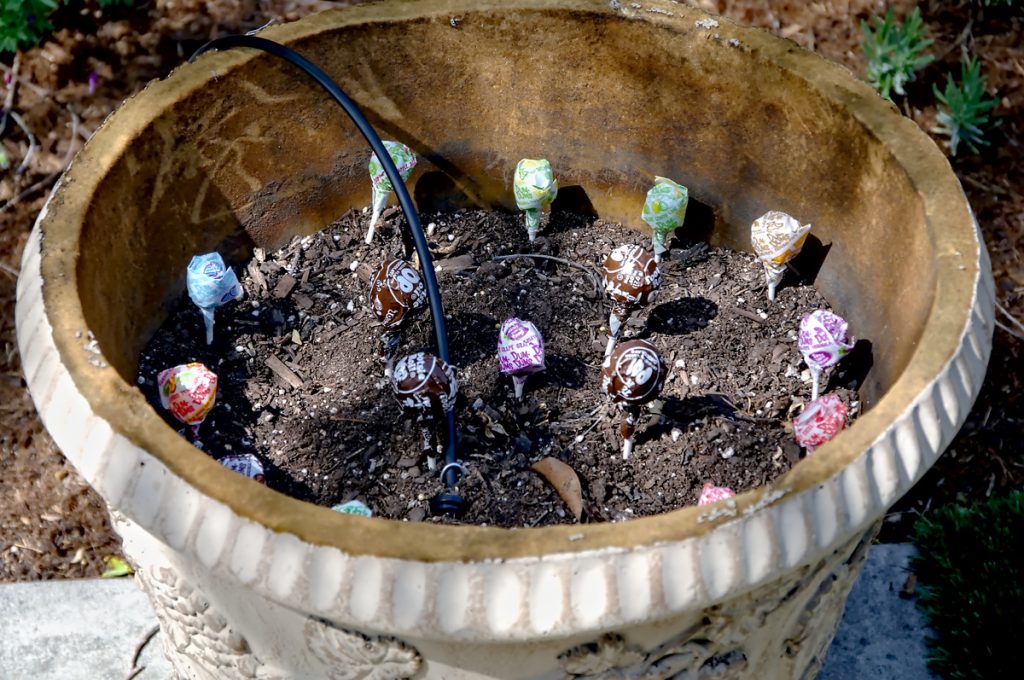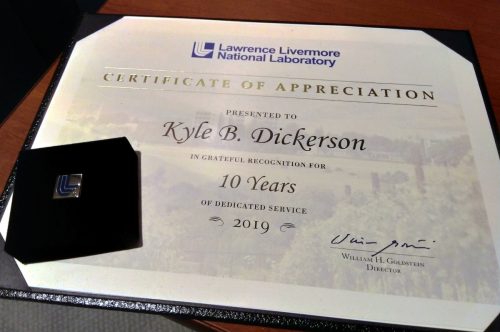- Quarantine Day 102
- Livermore cases: 145
- Alameda County cases: 5,354; deaths: 129
- U.S. cases: 2,414,000+; deaths: 124,000+
The latest modeling suggests that with widespread mask use we could basically get on with our lives with minimal interruption. Unfortunately, widespread mask use is not happening. One segment of the population continues to attempt to equate temporary, mandatory mask regulations with tyranny and refuses to cooperate. Predictably, in areas with widespread belief in this insanity the caseloads are setting new records on a daily basis.
I’ve been reading “What we Owe to Each Other” by T. M. Scanlon, a moral philosopher at Harvard. I’m just over 100 pages in–just about to begin section three of the premises section. His work borrows elements from John Rawls’ political philosophy of “Justice as Fairness” and applies it to morality along with other thoughts and ideas. I finished reading Rawls’ book earlier this year and I liked his approach. I’m also liking Scanlon’s application of the concepts.
On page 106, Scanlon is wrapping up his basis of defining what a “value” is when he turns his attention to what it means to respect the value of human life. He has this to say:
Respecting the value of human life requires us to treat [people] only in ways that would be allowed by principles that they could not reasonably reject insofar as they, too, were seeking principles of mutual governance which other [people] could not reasonably reject.
It takes couple of rounds to parse it out fully, but it’s really quite nice (and very Rawls-ian).
Is wearing a piece of cloth across one’s mouth and nose in order to mitigate the spread of a deadly virus really a principle that can be reasonably rejected in a world where we presuppose that everyone wants to live peacefully together? I don’t see how it could be. Great benefit is had at almost zero cost and trivial inconvenience. Surely compromising a little pride for saving thousands of lives is an acceptable trade off.
Professional philosophy writing is a bit of a slog to get through, but I find it interesting. I’m looking forward to reading more about how Scanlon answers the question of what we owe to each other. But I feel pretty confident that we at least owe each other the level of respect inherent in agreeing to wear a mask during a pandemic the same way we owe each other the level of respect inherent in staying attentive to the road while driving.
—
Last Sunday was Fathers’ Day. We spent the day at home, like every other day for the previous 4 months. We may have gone for a walk in the evening, I can’t remember now. Jess and the girls gave me a 55-pound bag of flour imported from Italy. It’s supposed to be a specially-selected blend of wheat that will let you get nice, brown, pizza crusts in a residential oven. The temperature is supposed to dip down a little bit this weekend, so I’ll have to try it out and see if it’s true.
After the girls went to bed I watched “They Shall not Grow Old”, which was….gruesome. I can’t say it was “enjoyable” because it really shouldn’t be for anyone. It is very well made and worth watching though. It did leave me feeling frustrated with how incredible quantities of resources can always be found when nations decide to destroy each other, but outside of that we just write off difficult problems as unsolvable.
We can figure out how to keep 68 million people fighting for over four years, but when it comes time to addressing homelessness or hunger or access to medical care we wring our hands about it being too expensive. It’s frustrating.
—
Tuesday was our 11th anniversary. We spent the day at home (surprise!). We did get takeout for dinner though. Jess wanted a potato-and-bacon pizza that one of the local restaurants makes, so she got one of those and I had a calzone. I made crème brûlée for dessert.
To celebrate, we upgraded our cookware. We bought some fancy All-Clad stainless-steel-with-aluminum-core pots and pans. We bought 8-inch, 10-inch non-stick, and 12-inch frying pans as well as 2-quart and 3-quart sauce pans. In theory they should last pretty much forever.
We also watched “The Dish” which is a loosely-based-on-a-true-story movie describing the role in the Apollo 11 mission of one radio-telescope in Australia. I did appreciate the reminder that there have been times where great national resources were directed to incredible challenges that weren’t about killing people. But also saddened that it still seems to require being linked to contests of international dominance.
—
Last weekend Ivy and Beryl completed their investigation of Hinderstap Manor and learned of the tragedy that befell the family resulting in the mansion being haunted. They helped bring peace to the home and are now on their way south through the Forgotten Lands.
I took the week off from preparing another adventure so this weekend we’ll do a non-story-related side game of some kind.
Last night I played through the Spirit Valley adventure with my work friends so their characters are now on their way north towards Englewood and Gambler’s Pass.



